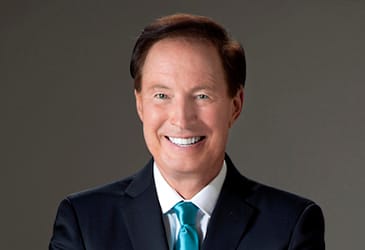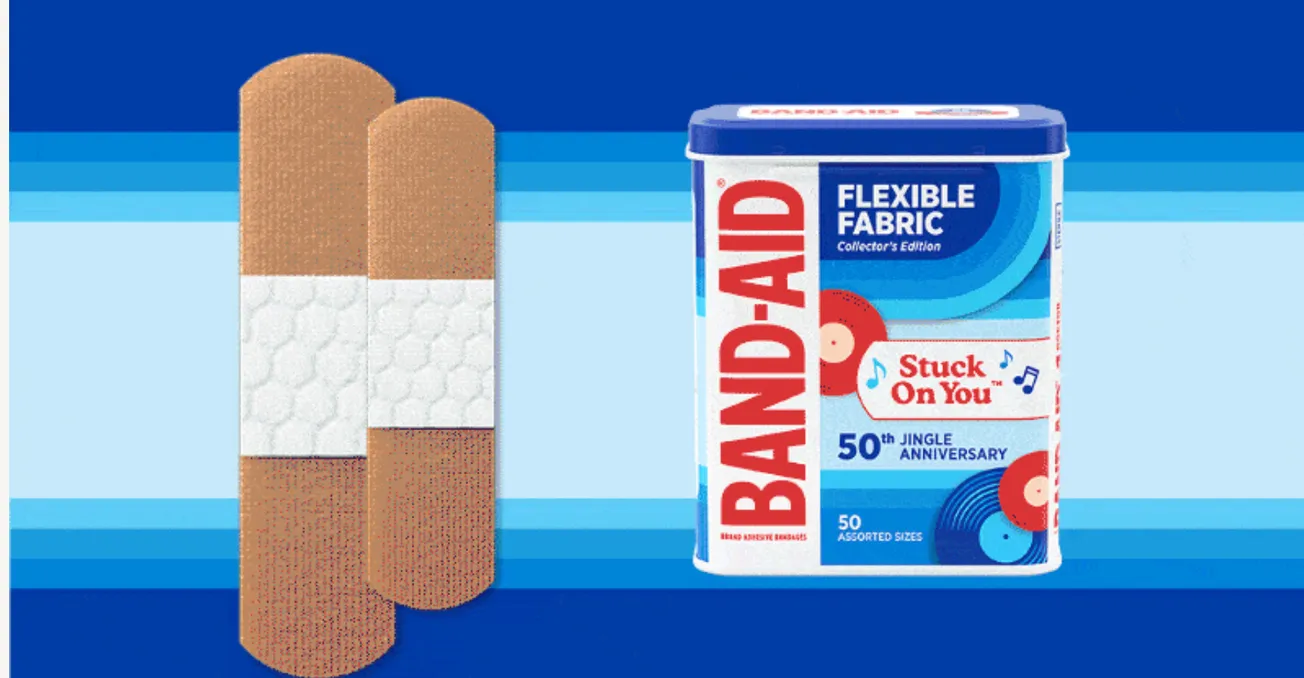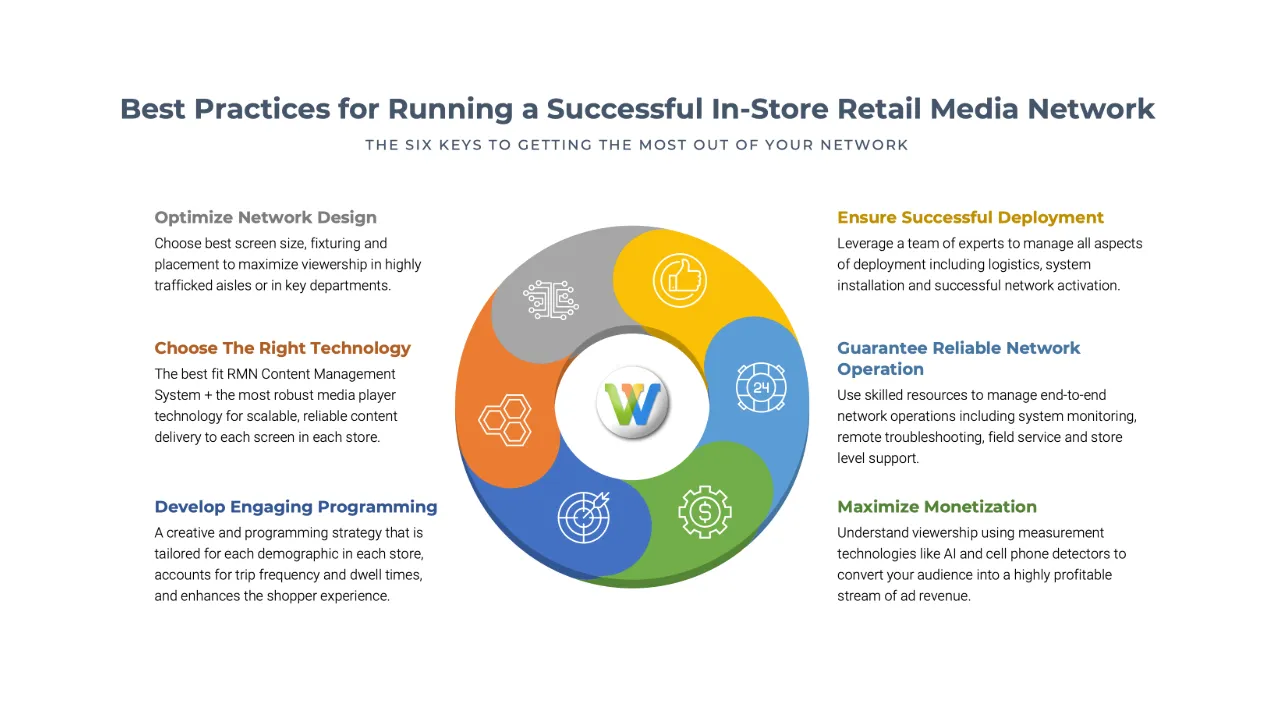Table of Contents
The following was a post Monday from NACDS president and chief executive officer Steven Anderson on Medium urging action on DIR fee relief in final Medicare rule:
We may be just days from learning whether a pending Medicare rule will provide relief from pharmacy direct and indirect remuneration (DIR) fees, and thus live up to the vision of “American Patients First: The Trump Administration Blueprint to Lower Drug Prices and Reduce Out-of-Pocket Costs.”

DIR fee relief, proposed by Health and Human Services Secretary Alex Azar, remains essential to save money for patients and for the government alike. This opportunity can be described in a four-part sequence:
· DIR relief will reduce patients’ cost-sharing for medications,
· which increases medication adherence — or patients’ taking their medications as prescribed,
· which improves overall health,
· which ultimately reduces government costs.
What is a DIR fee? In simple terms, it is when a payer claws back reimbursement paid to a pharmacy for Medicare prescriptions. These claw-backs often occur months after a drug is dispensed, and they can result in below-cost reimbursement to pharmacies. It also leads to higher cost-sharing for patients. That is because cost-sharing is supposed to be based on a drug’s cost, which is artificially inflated when claw-backs are not figured in.
The four-part sequence that I mentioned begins by assuring pharmacy price concessions are part of the calculation of patients’ cost-sharing. The Centers’ for Medicare & Medicaid Services (CMS) proposed rule, “Modernizing Part D and Medicare Advantage to Lower Drug Prices and Reduce Out-of-Pocket Expenses,” estimates that DIR-fee relief would reduce patients’ drug costs by $7.1 to $9.2 billion over 10 years.
If medications cost less, patients would be more likely to take them, and take them correctly. In January 2012, Pharmacy & Therapeutics published a review of 160 studies, which revealed a significant connection between higher drug costs and lower medication-adherence rates.
Studies also validate the connection between medication use and health outcomes, and the fact that taking medications correctly prevents a reliance on costly forms of care. A 2018 review published by BMJ Open found that “medication non-adherence places a significant cost burden on healthcare systems.” It found that medication non-adherence leads to per-person costs of up to $52,341. The review noted that “the correlation between increased non-adherence and higher disease prevalence should be used to inform policymakers to help circumvent avoidable costs to the healthcare system.”
Ultimately, as DIR fee relief would lead to lower cost-sharing, to enhanced medication adherence, and to better health and reduced reliance on costly care, DIR fee relief ultimately would lead to reductions in overall healthcare costs. A March 2019 Medical Care study found that if 25 percent of hypertension patients who did not take their medications were to change course and do so, Medicare could save $13.7 billion annually. Over 100,000 emergency department visits and 7 million inpatient hospital days would be prevented.
This four-part sequence provides compelling reason to advance DIR fee reform. However, a study published April 19, 2019, in JAMA Network Open by the American Medical Association bolsters the case. The study found that pharmacy closures led to “an immediate statistically and clinically significant decline in adherence” among patients taking cardiovascular medications. Indeed, pharmacies are closing as a direct result of DIR fees, because below-cost reimbursement is not sustainable. Let us not forget, in its proposed Medicare rule, CMS declared that pharmacy DIR fees grew 45,000 percent between 2010 and 2017 — with much of the high growth after 2012.
It is time to reduce patients’ out-of-pocket costs, improve medication adherence, improve health, and reduce overall costs to the government. DIR fee relief remains central to that vision.




